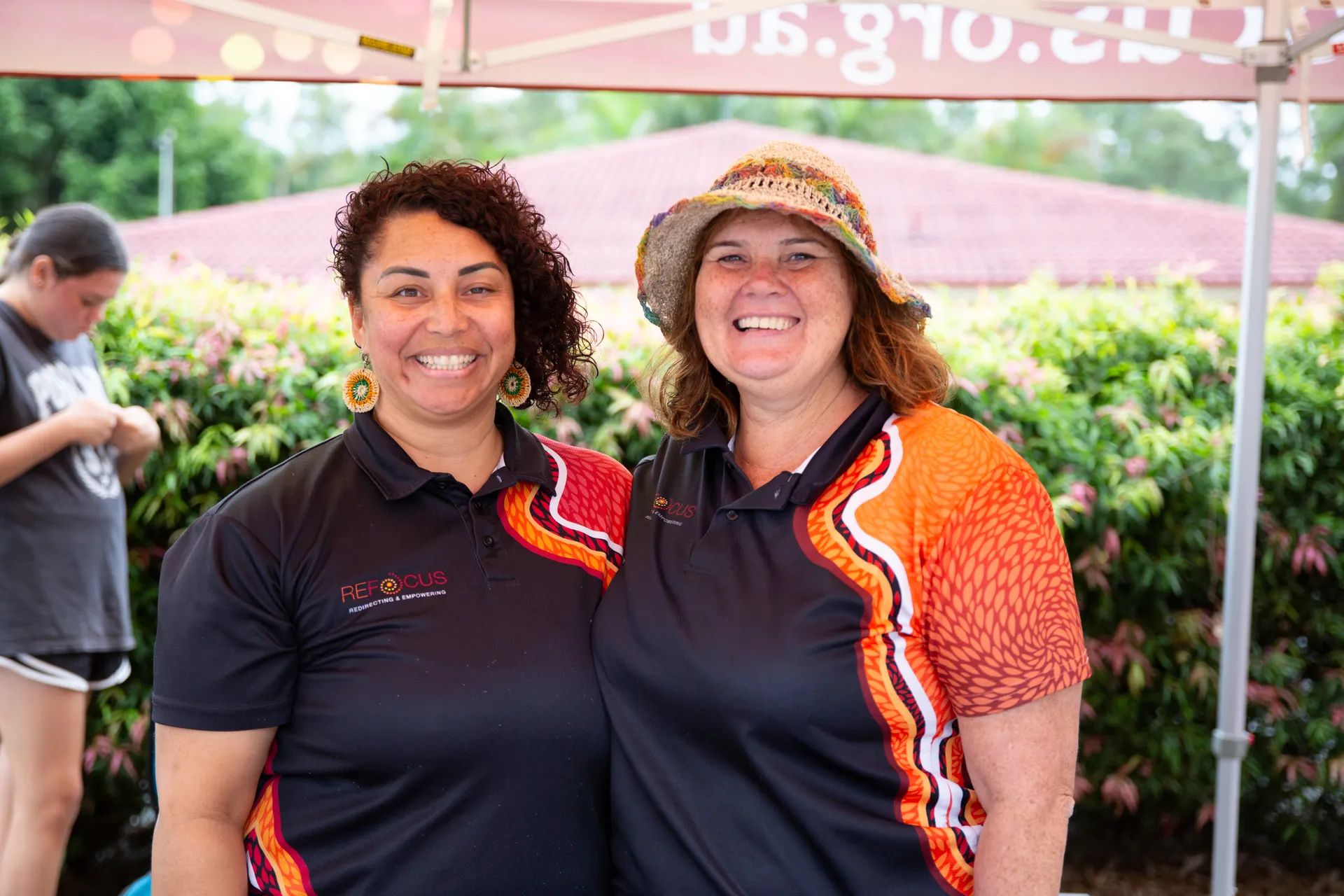A simple guide to harvesting rainwater
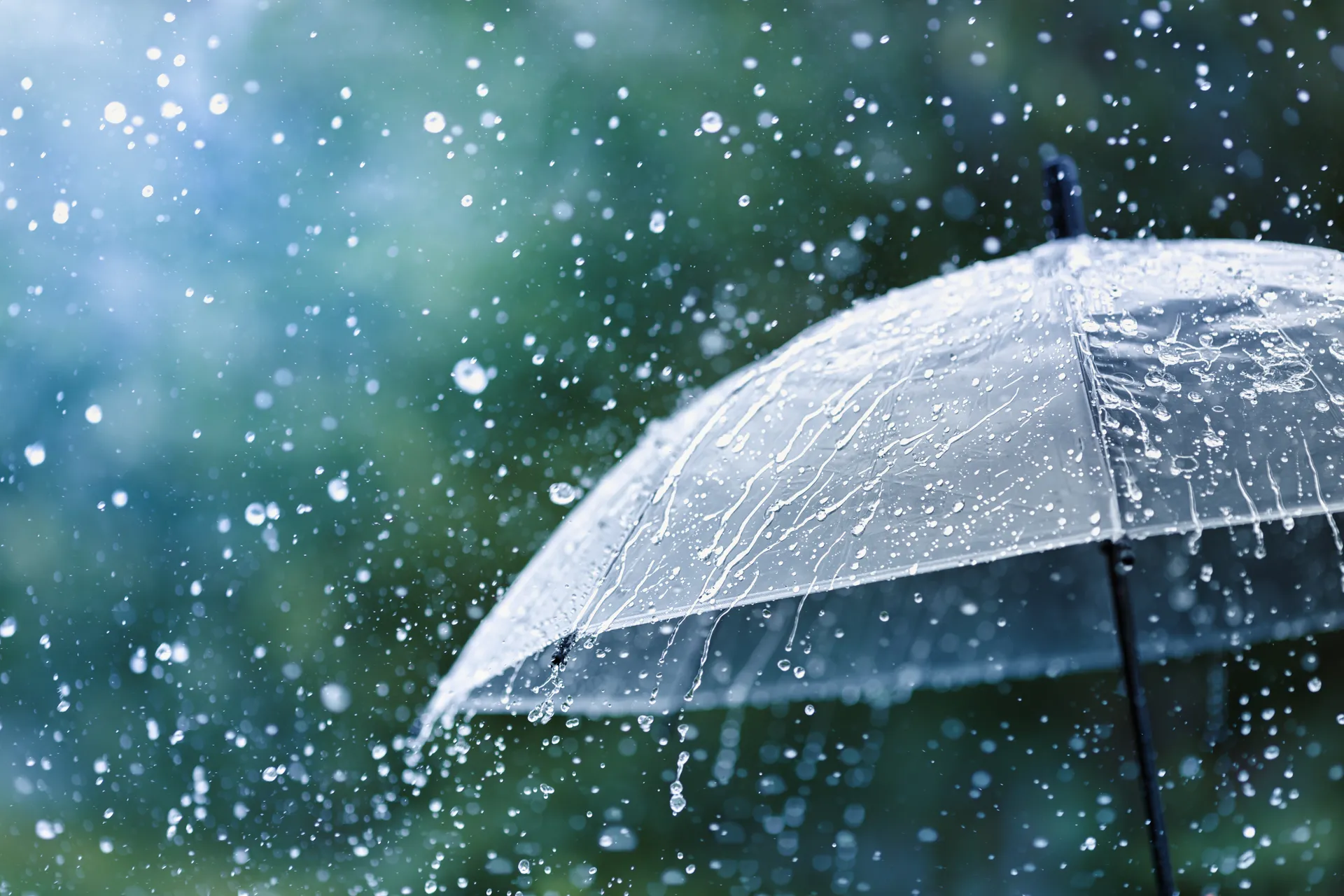
How to turn rain into a valuable resource for your household.
Why Harvest Rainwater?
In many rural areas, rainwater harvesting is second nature. Urban households can also benefit by collecting rainwater to water gardens and supply certain appliances. Installing a water tank helps conserve water that would otherwise flow into storm drains.
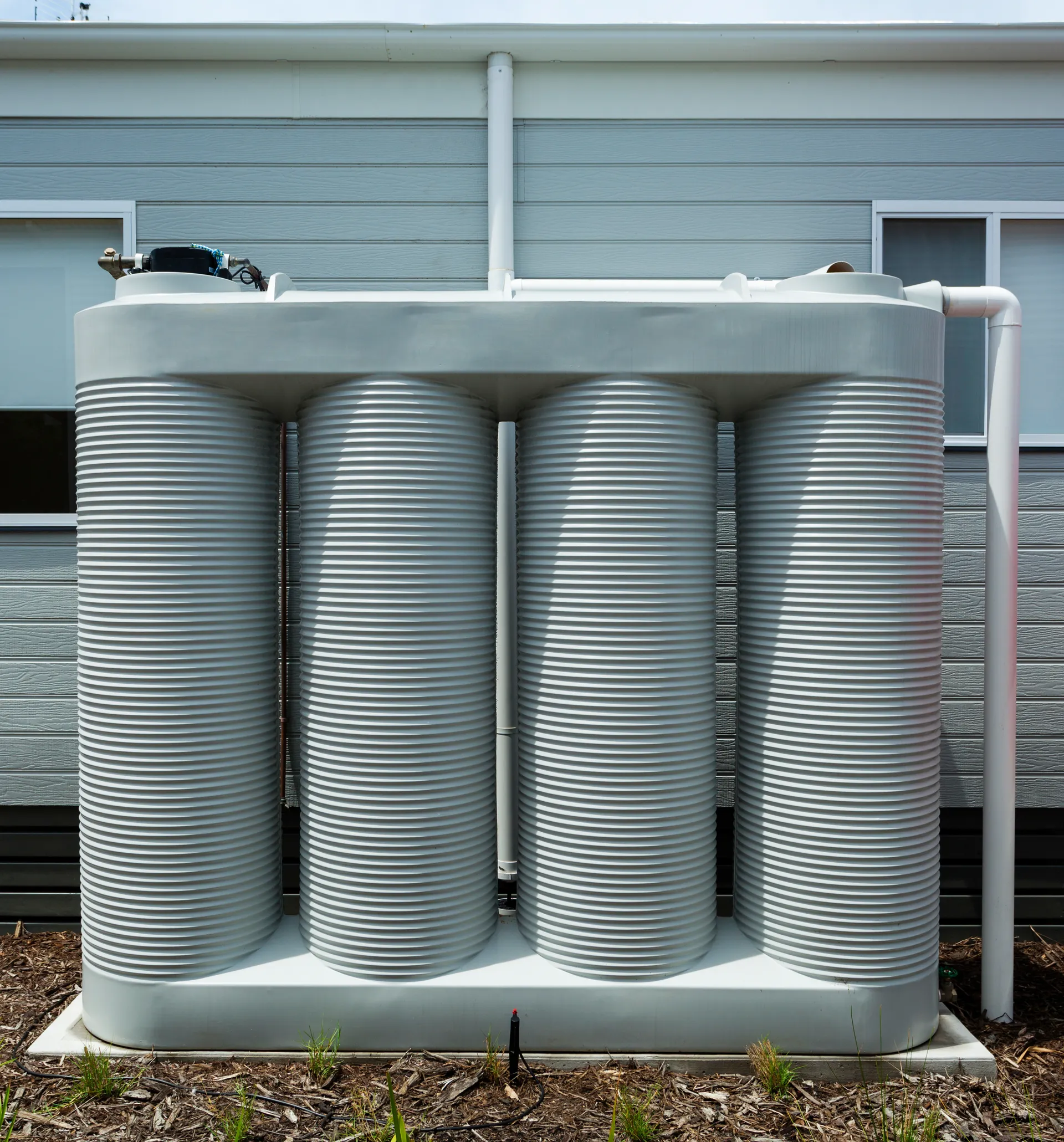
How It Works
If your home has a roof, you can use it to collect rainwater. Rain is captured via gutters and drainpipes, then stored in a water tank. A pump can direct this water to garden taps or indoor appliances like washing machines and toilets.
Important Considerations
• Roof Materials: Non-drinkable rainwater can usually be collected from any roof except those made of unsealed asbestos. If unsure about your roof, consult a licensed builder.
• Professional Installations: A licensed plumber is required to connect your tank’s overflow pipe and install a backflow device to prevent contamination of the public water supply. If your system needs a pump or automatic switch, a licensed electrician will need to handle the wiring.
Tip: Check with your local water authority about installation rules and approval requirements before starting.
Choosing the Right Tank
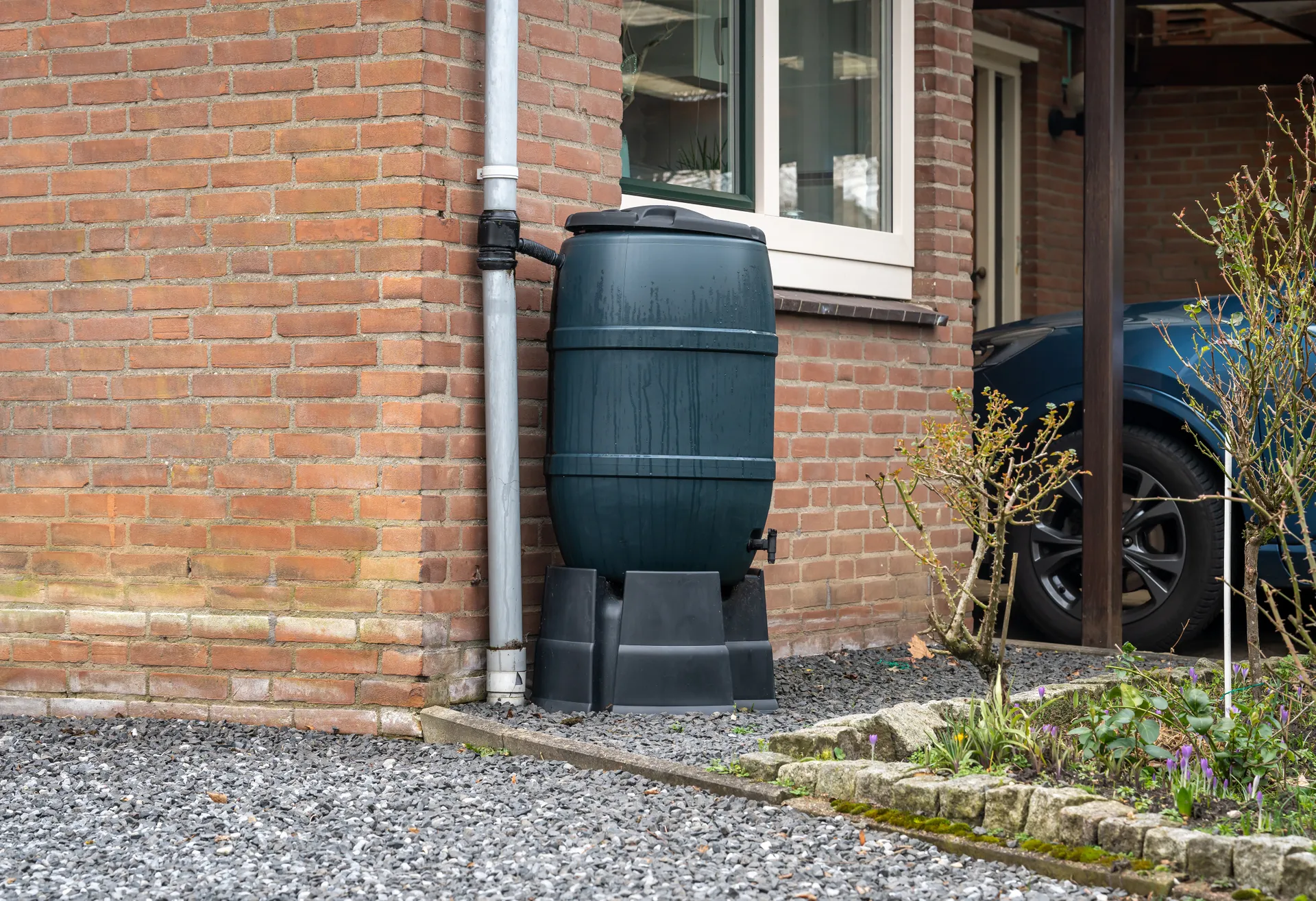
Rainwater tanks come in various sizes, materials, and designs, from small planters to large commercial tanks. For most homes, slimline tanks (1000–8500L) made of polyethylene or steel are popular and can fit neatly along walls or narrow spaces.
How to Choose the Right Size
The ideal tank size depends on:
• Your area’s average rainfall.
• What you’ll use the water for (e.g., gardening, laundry, or toilets).
• The number of people in your home.
Example: A family of four using rainwater for toilets, washing machines, and a small garden might need a 3000–5000L tank.
Tip: Confirm if you need approval with your local council before installing a tank.
Optimal Tank Placement
To maximize water collection, locate your tank where it can catch the most roof runoff. Place it near your water source to save on plumbing costs. Ensure the base is strong and stable (e.g., concrete), as tanks become extremely heavy when filled.
Key Considerations:
• Tanks can’t be installed over public water or waste pipes.
• Properly secure tanks to prevent tipping, especially when empty.
Essentials for Your Tank
• Screens: Use screens on inlet and overflow pipes to keep out insects and debris.
• First Flush Diverter: This device directs the first batch of rainwater, which may contain roof contaminants, away from the tank before filling.
• Pump: Needed to move water to taps or appliances. Submerged pumps are quieter and save space.
Maintenance Tips
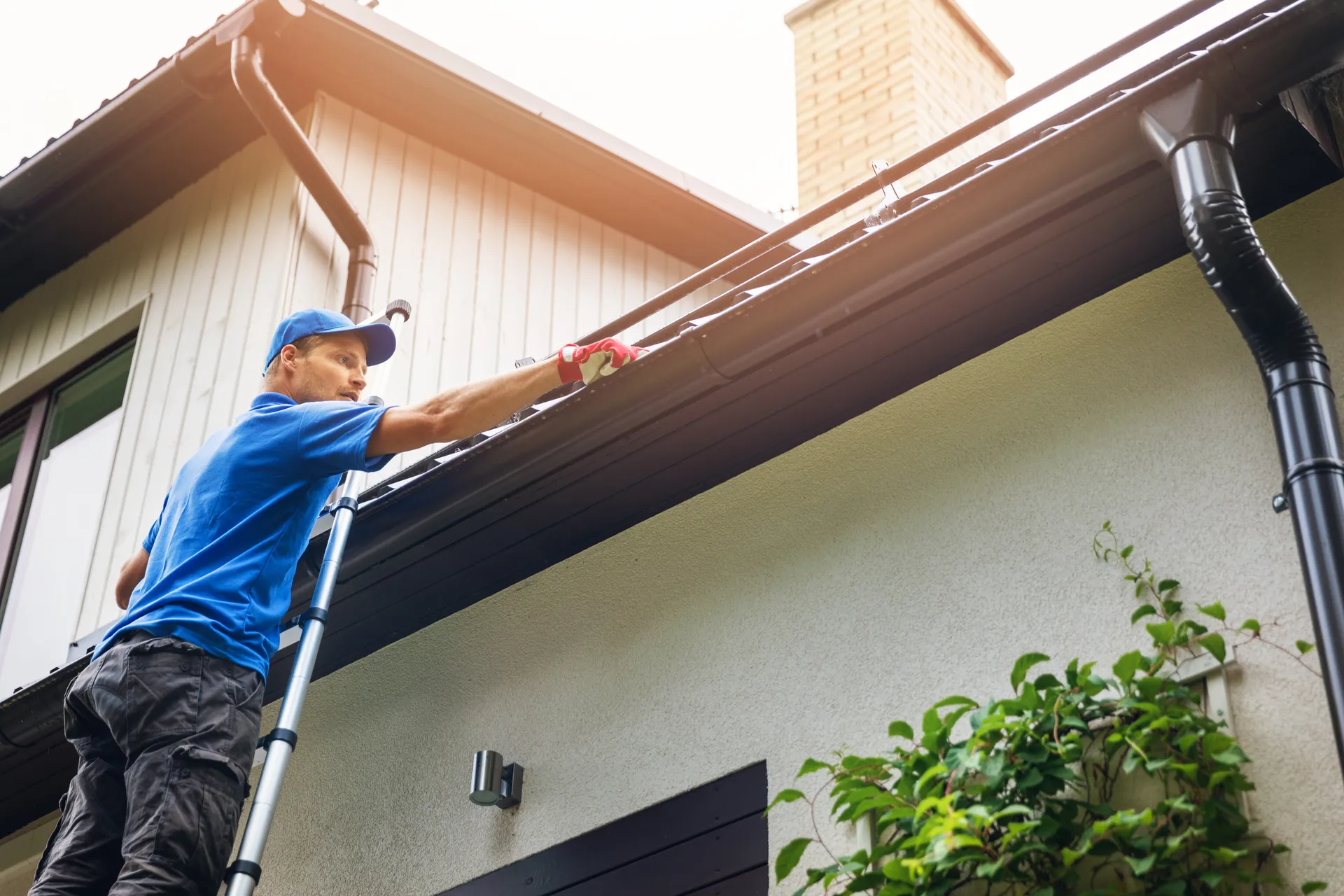
Keep gutters and the tank inlet clean to maintain water quality. Regularly remove debris and consider installing gutter guards to minimize leaf litter.
Tip: Use downpipe covers to prevent blockages.
Using Grey Water
Another way to conserve water is by reusing grey water—wastewater from appliances like washing machines—for your garden.
Key Points:
• Only use grey water on non-edible plants or lawns.
• Spread it evenly and avoid storing it for more than 24 hours.
Attach a grey water hose to your washing machine outlet and direct it into a bucket or dispersion hose for garden use.
A Few Reminders
• Licensed professionals must handle plumbing and electrical work.
• Regulations and product availability vary by state—always check local guidelines.
For more details on rainwater systems, visit yourhome.gov.au/water/rainwater.








